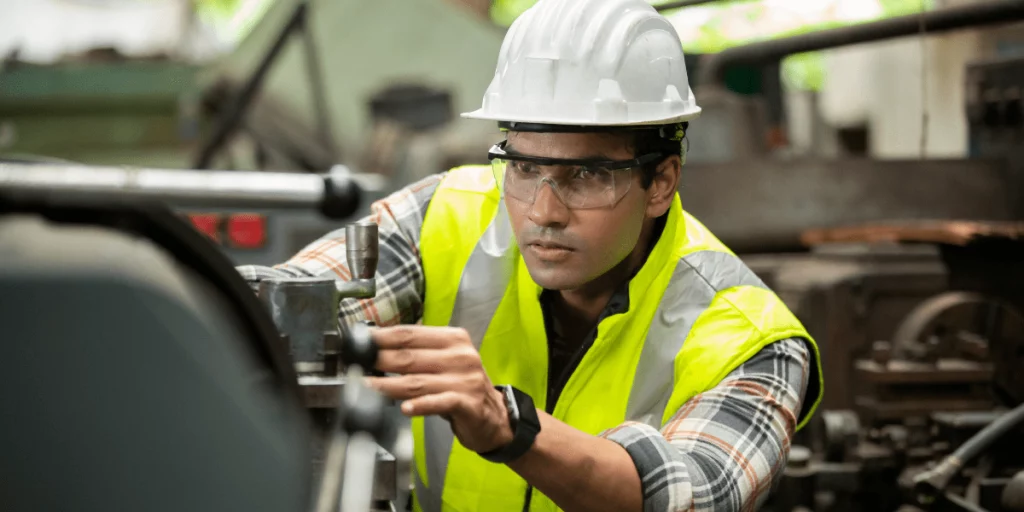What is Poka-Yoke?
Poka-yoke (poh-kah yoh-keh) is a Japanese term that means “mistake-proofing” or more literally — avoiding (yokeru) inadvertent errors (poka). What’s more, it’s one of the most fundamental tools of lean six sigma, and one of several lean manufacturing tools, that is designed to help organizations eliminate waste, streamline processes, and increase efficiency. Specifically, poka-yoke strives to achieve zero defects by preventing and eliminating errors from occurring in a process.
Types of Poka-Yoke Methods
Poka-yoke has two approaches to prevent errors: control and warning.
1. The Control Approach — prevents errors from occurring
The control approach aims to make it mechanically impossible for errors to occur. In essence, this approach involves stopping a process when an error occurs and only resuming the process once a corrective action takes place. For example, if something is in the way of an elevator’s doors, the sensors will prevent it from closing, and will only close once the obstruction is removed.
2. The Warning Approach — alerts workers before an error occurs
The warning approach aims to warn workers before an error occurs through sounds, colours, and messages. For example, a message pops up on your phone before you delete an image to confirm that you want to delete the image. Another example is when your car emits a sound if you have not fastened your seatbelt before driving.
How Does it Fit into Lean Manufacturing?
Poka-yoke is an important aspect of lean manufacturing. The main purpose of lean manufacturing is to eliminate waste, continuously improve, increase product value, and solve customer problems all while simultaneously reducing costs. With tools like poka-yoke, this makes execution of these purposes easier.
In manufacturing, workers deploy poka-yoke techniques to improve overall manufacturing production processes. By fostering a culture of continuous improvement, this helps minimize human and mechanical errors, produce error-free products, and reduce the cost of trial-and-error.
Furthermore, poka-yoke is a flexible, cost-effective lean manufacturing technique that manufacturers use as a part of their mistake-proofing activities. That is to say, manufacturers can prevent errors while spending less and increasing the quality and reliability of their products.
The Benefits of Poka-Yoke

Implementing poka-yoke into your manufacturing processes can benefit your organization in many ways. One of the foremost being improving quality quality control. By leveraging poka-yoke, errors are either prevented or eliminated. Therefore, reducing the chances of a defective product making it to the end of a process. Consequently, a higher quality of output naturally flows.
In addition, poka-yoke encourages you to get to the root cause(s) of problems and prevents them from becoming bigger problems. By solving problems immediately, you spend less time trying to rework products that have made it to the end of the line.
Poka-yoke can benefit your organization in a variety of other ways:
Reducing time spent on training
Error prevention (control) and error avoidance (warning) allows you to spend less time and money on your training your employees
Improving safety
You can improve the safety of your shop-floor by putting measures in place to create a safer working environment and prevent your employees from entering unsafe situations.
Promoting a culture of continuous improvement
Poka-yoke encourages your employees to solve problems immediately and to address the root cause(s) of problems to prevent them from becoming bigger problems.
Reducing waste
By producing fewer defective products, you are also reducing and eliminating wasteful activities. For instance, you save time by spending less time reworking defective products
Increasing productivity
When errors are prevented and defects are identified and resolved immediately, your production processes will run faster and more efficiently, resulting in increased productivity.





